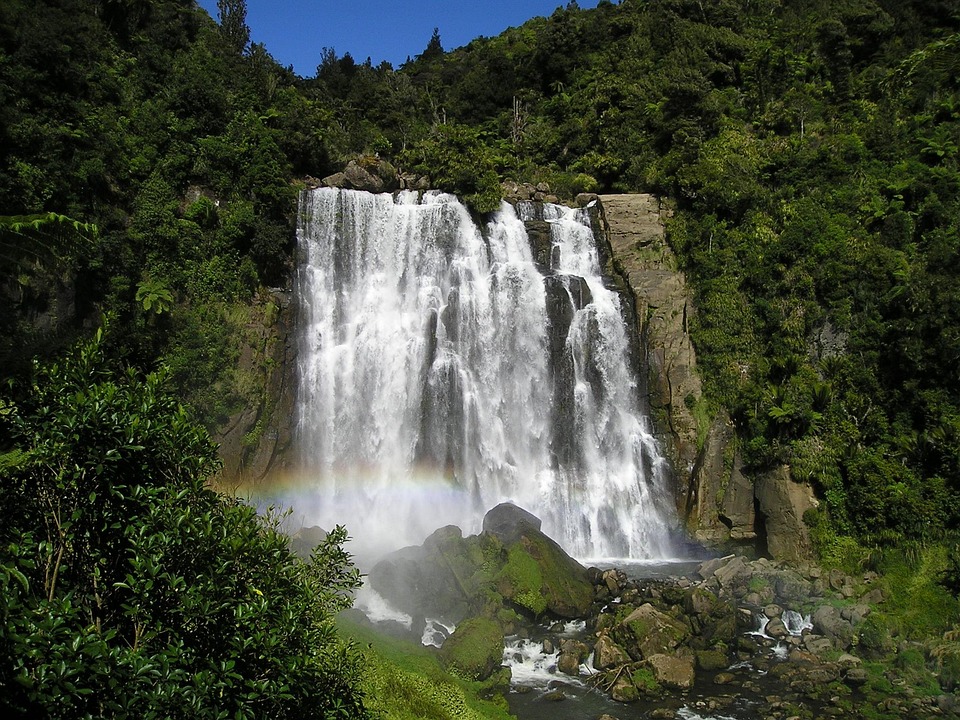On June 30, Chile and Argentina ranked among the coldest places on the earth, outside the polar regions.
Governments of the two countries have issued early warnings and cold weather alerts in response to “polar-anticylone origin” behind extreme conditions, Wmo said.
The cold snap in South America contrasts the pufficled heat in the Northern hemisphereIn particular in Europe, putting lives in danger and further emphasizing the worsening of the impacts of climate change.
Affected heating systems
In Mar del Plata, Argentina – about 380 kilometers (240 miles) south of Buenos Aires – where winters are “fresh” and temperatures rarely fall below freezing, the unusual cold snap affected the distribution of natural gas, mainly used for heating.
A member of UN staff in the city said that companies were invited to stay closed to keep the gas supply for houses. Schools and public buildings were also closed on Thursday and perhaps on Friday.
In a large part of the center and southern Argentina, the temperatures were from 10 ° C to 15 ° C – 50 ° F at 59 ° F – below seasonal averages.
Unusual weather conditions
The cold fate began on June 26 and culminated on June 30, bringing low records in large parts of the continent.
“Although the Andean mountains and Patagonia are not foreign to cold temperatures in winter, the severity of this event was exceptional and even affected the low zones,” WMO said in a press release.
The high pressure system has brought atmospheric stability, causing a clear sky and a generalized severe frost.
In the Chilean cities of Santiago, Rancagua and Talca, the standing cold air led to an accumulation of pollutants and the deterioration of air quality.
The national weather services in Chile and Argentina have declared low record temperatures in several weather stations.
Remarkably, the snow has covered parts of the Atacama desert – the driest place in the world – for the first time in more than a decade. Snow also fell into unusual places such as Mar del Plata, the Calamuchita valley in Cordoba and the hilly regions of northern Patagonia.
Large -scale impacts
The concerns are increasing on the broader societal and economic impacts of extreme cold.
Farmers in the center of Chile and northern Patagonia have reported damage to crops due to early frosts, threatening the fruits and winter harvests.
Meanwhile, transport and schooling have been disrupted in unusual cities at such a serious winter time.
Originally published at Almouwatin.com








